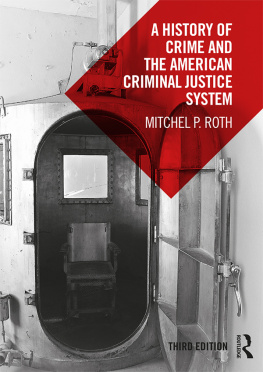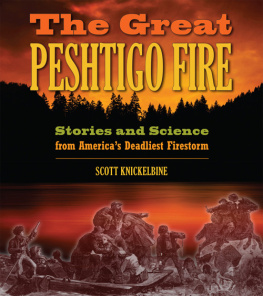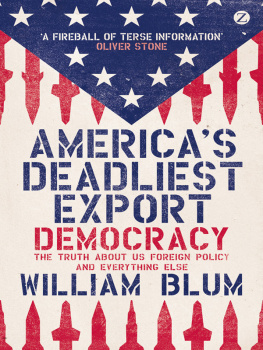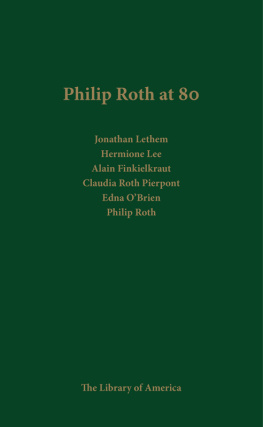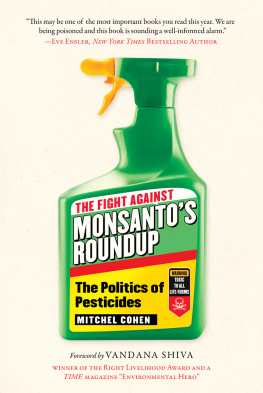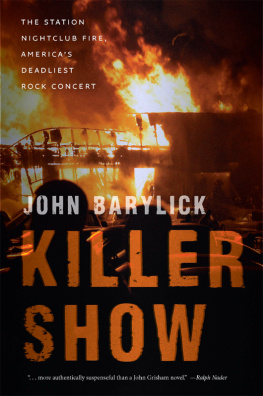Swallow Press
An imprint of Ohio University Press, Athens, Ohio 45701
ohioswallow.com
2019 by Mitchel P. Roth
All rights reserved
To obtain permission to quote, reprint, or otherwise reproduce or distribute material from Swallow Press / Ohio University Press publications, please contact our rights and permissions department at (740) 593-1154 or (740) 593-4536 (fax).
Printed in the United States of America
Swallow Press / Ohio University Press books are printed on acid-free paper

29 28 27 26 25 24 23 22 21 20 195 4 3 2 1
Hardcover ISBN: 978-0-8214-2383-7
Electronic ISBN: 978-0-8214-4682-9
Library of Congress Cataloging-in-Publication Data available upon request.
This book is dedicated to the victims of the 1930 Ohio Penitentiary fire and their families.
ACKNOWLEDGMENTS
This book had a rather long gestation period, during which I wrote four other books as I continued to research Fire in the Big House. I am indebted to a number of individuals for their research assistance on the project over the years. Several of my teaching assistants helped find articles and teach me the intricacies of the Excel spreadsheet. I especially want to thank (now) Dr. Robin Jackson, who helped organize the appendix detailing the backgrounds of the victims of the fire. Duncan McCallum and Kathryn Perez have contributed at one time or another as well. I thank you for your assistance. While conducting research in Columbus, archivists at the Public Library and the Ohio History Center were particularly helpful. Lily Berkhimer at the OHC was especially helpful in reproducing images for the book.
Having written numerous books for a variety of presses over the years, I can say that the Ohio University Press has made this journey from prospectus to book as stress-free as writing a book and going through the review process can be. I would like to thank the three reviewers for their helpful suggestions that made this a much better book than it would otherwise have been.
At the Ohio University Press, acquisitions editor Rick Huard played a seminal role in bringing the book to print. I would also like to thank director Gill Berchowitz for bringing my prospectus to Ricks attention for ultimately approving its publication. Sally Welch deserves a shout-out as well for shepherding the manuscript to publication.
Finally, I would like to thank several Columbus prison historians whose work has been played an important role in contextualizing the fire within the larger history of the Ohio penal system. James Dailey III and his archival collection were always there when I had a confounding question. I would like to thank David Meyers for his contributions as well. I also cannot adequately thank enough Texas penal expert Professor Chad Trulson for reading each chapter and sending back thoughtful analysis. I also want to thank the imaginative Sam Kuzel for creating a map of the Ohio Penitentiary at the time of the fire.
Last but not least, I want to thank my wife, Ines, and son, Eric for their support of my many book projects. I am especially grateful that my mom, Leila, was able to accompany me on a road trip from Annapolis to Columbus, where I conducted research for a week. I dont think I would have ever written a book or fallen under the spell of the printed word if not for her weekly outings to the Annapolis public library as a wee lad. I love you all.
INTRODUCTION
But the public is not interested in the situation. It is only interested after a tragedy has occurred, and not before.
Worlds Work, 1930
On April 21, 1930, having just finished their Easter Monday dinner, eight hundred inmates returned to cellblocks G&H at Columbuss Ohio State Penitentiary. Shortly after they were locked in, a number of convicts noticed the first wafts of smoke. At 5:21 a shrill cry announced, Fire! Within less than an hour 320 prisoners would perish in Americas deadliest prison disaster (two more would die later from gunshot wounds indirectly related to the fire).
The tragedy captured front-page headlines around the world. Within twenty-four hours New York moviegoers were watching the Path News recording of the disaster, the first live sound newsreel account of an American disaster. Theater patrons not only witnessed some of the harrowing sights, but heard the shrieking of the prison siren, the hissing as water hit the flames, the howling of desperate prisoners, the crackling of burning logs, the thud of falling beams, the commands of Army officers and jail officers. It was a production tailor-made for the nascent talking-film industry. Just three days after the inferno, Charlotte and Bob Miller released the first of four recordings of the weepy ballad Ohio Prison Fire. has since largely been forgotten.
I first came across references to the Ohio Penitentiary fire while researching a previous book related to the history of American criminal justice. My curiosity piqued, I sought a scholarly book on the topic and was astounded to find it had never received the attention it deserved. As I began conducting research on it in Ohio archives, I was surprised that outside of a coterie of local Columbus history buffs and genealogists, most of the residents I came in contact with were unfamiliar with what one would have thought had been a seminal event in the history of Columbus, Ohio (let alone the United States).
Although it caused only $11,000 in damage to the Columbus institution, 320 inmates perished from toxic smoke and flames in a little less time than it took to eat dinner. It was the quickest-acting building fire in American history until February 20, 2003, when, in less than ten minutes, 96 patrons died and 200 were injured at the Great White concert held at The Station in West Warwick, Rhode Island. (As in the Ohio fire, two more would die in the following days.)
The dead came from many corners of Depression- and Prohibition-era America; among their numbers were shoemakers, mechanics, laborers and truck drivers, carpenters, butchers, tailors, electricians, motion picture operators, mill and iron workers, toolmakers, chauffeurs, blacksmiths, plumbers, painters and molders, bakers and marine engineers. Reflecting the punitive criminal justice system of the era, most were serving long stints for crimes ranging from robbery, larceny, and burglary to murder and rape. Still others were serving raps for violating Prohibition laws by making liquor. One victim was a former guard who was doing time for helping an inmate escape, while another had just been brought in for nonsupport of children hours before the inferno broke out. While most of the victims were sons of Ohio, others came from Pennsylvania, Tennessee, and West Virginia, still others from Mexico, Hungary, Austria, Ireland, Italy, and Russia. Of those who died, only eighteen were African American, in stark contrast to the ratio that one would expect to find in a modern-day prison facility.
By 1930 there were more Americans behind bars than in the military services. The Ohio State Penitentiary in Columbus was the biggest of Americas big houses, housing more than forty-three hundred prisoners in a facility designed for fifteen hundred. The prison disaster climaxed a series of violent prison disorders that had occurred over the past ten months. The violence was attributed by some to myriad influences including recent legislation that demanded longer prison sentences, the elimination of good-conduct time, rampant idleness, and the granting of fewer paroles. Others blamed the brutality of the guards, or screws in convict jargon, a poorly paid and trained lot with few chances for advancement. They spent long hours watching their charges and probably often felt as locked up as the convicts. Add in unsanitary conditions, underfeeding, and overcrowding, and all the requisite elements were in place to ensure that some form of prison mutiny was always brewing. The disaster in Columbus would focus the attention of government and state officials on the condition of American prisons like never before.




